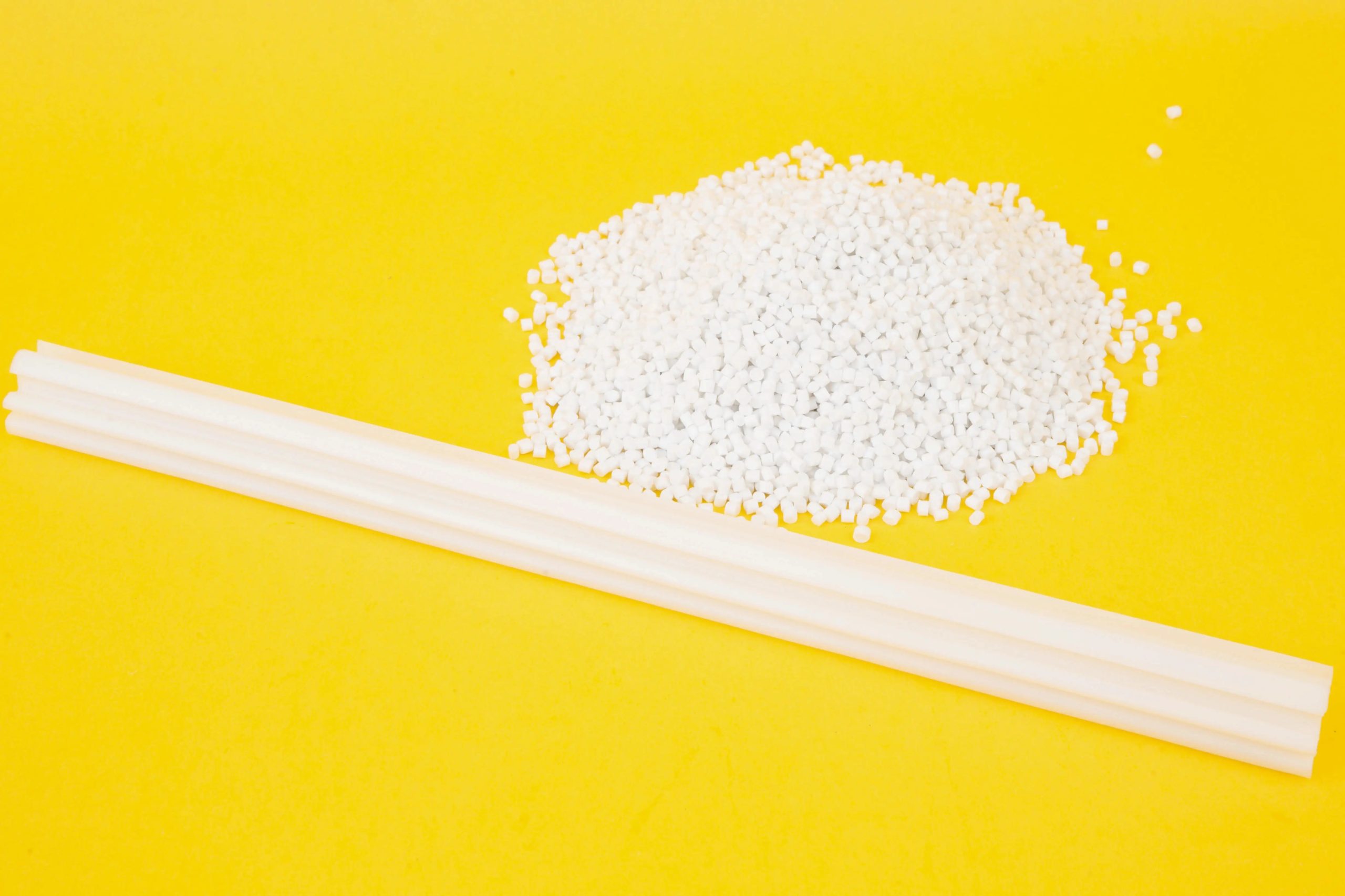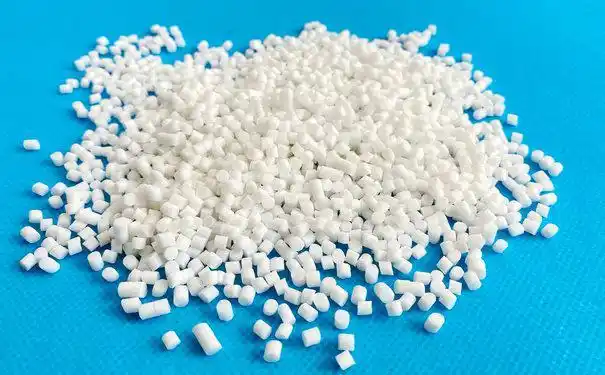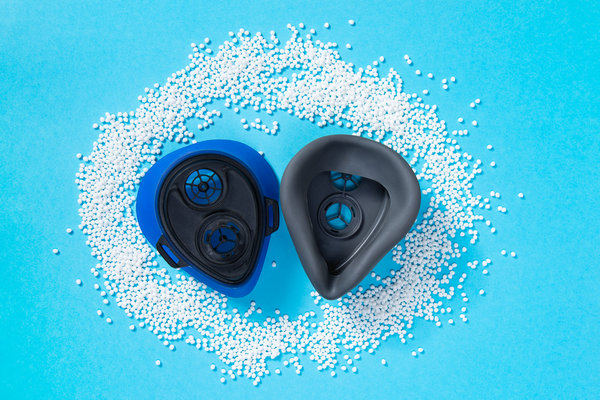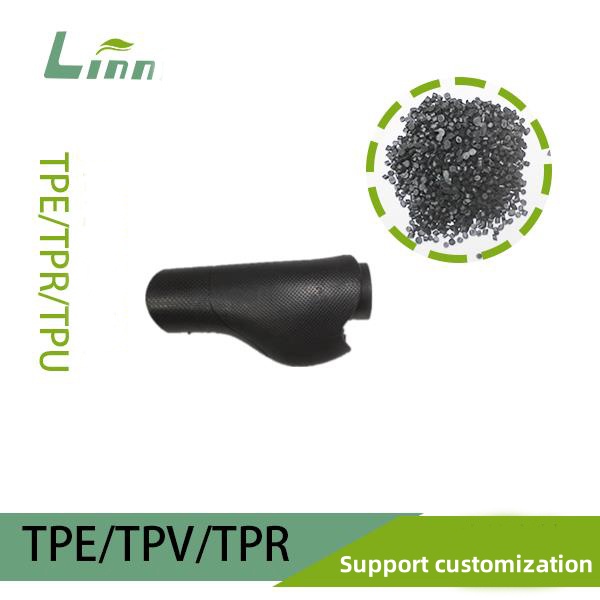As someone who’s been working in the automotive materials industry for over a decade, I’ve seen countless debates about the best components for vehicle performance and durability. One question that keeps surfacing, especially among car manufacturers, mechanics, and DIY enthusiasts, is: “Which is better—silicone sealing strips or TPE automotive sealing strips?” It’s a practical concern, given how critical sealing strips are for keeping vehicles weatherproof, quiet, and energy-efficient. Drawing from my experience advising manufacturers and testing materials in real-world conditions, I’ll compare these two options, break down their strengths and weaknesses, and help you decide which is right for your needs. Let’s dive into the details with a clear, hands-on perspective.
What Are Silicone and TPE Sealing Strips?
Before we compare, let’s get a handle on what these materials are. Silicone sealing strips are made from silicone rubber, a synthetic elastomer known for its flexibility, heat resistance, and durability. Silicone is widely used in automotive applications, from door seals to window gaskets, thanks to its ability to withstand extreme conditions.
TPE (Thermoplastic Elastomer) sealing strips, on the other hand, are made from a blend of plastic and rubber-like materials. TPE combines the flexibility of rubber with the processability of plastics, making it a versatile choice for automotive seals. It’s often used in weatherstripping, trunk seals, and other areas requiring elasticity and cost-effectiveness.
I recall visiting a car assembly plant a few years ago where both materials were being tested for door seals. The engineers were impressed by silicone’s resilience but intrigued by TPE’s affordability. That experience sparked my curiosity about how these materials stack up, so let’s explore their key characteristics.

Key Factors in Choosing Automotive Sealing Strips
Sealing strips play a vital role in vehicles, preventing water leaks, reducing noise, and improving insulation. When deciding between silicone and TPE, several factors come into play, based on my work with manufacturers and aftermarket suppliers. Let’s examine these in detail.
1. Durability and Lifespan
Durability is a top concern for automotive seals, as they face constant exposure to UV rays, temperature swings, and mechanical stress. Silicone excels here, offering excellent long-term stability. It resists cracking, hardening, or degrading even after years of exposure to sunlight, ozone, or extreme weather (-60°C to 200°C). This makes it ideal for high-performance vehicles or regions with harsh climates.
TPE is durable but generally less resilient than silicone. It performs well in moderate conditions (-40°C to 120°C) but can degrade faster under prolonged UV exposure or extreme heat, leading to brittleness or loss of elasticity. However, advancements in TPE formulations, like UV-stabilized grades, have narrowed this gap.
I worked with a supplier for a luxury car brand that chose silicone seals for their convertibles, citing their 10-15 year lifespan in harsh sunlight. Meanwhile, a budget car manufacturer I advised opted for TPE, accepting a 5-8 year lifespan to keep costs down. Your choice depends on how long you need the seals to last.
2. Weather Resistance
Automotive seals must keep out rain, snow, and dust while maintaining performance in diverse climates. Silicone is a standout for weather resistance, remaining flexible and watertight across a wide temperature range. Its non-porous nature also resists mold and mildew, a plus for humid environments.
TPE offers solid weather resistance but isn’t as robust in extreme conditions. It can swell or lose sealing effectiveness in prolonged wet or hot environments, though high-quality TPE blends mitigate this. For moderate climates, TPE often performs adequately.
A truck manufacturer I consulted for switched to silicone seals for their cabs after TPE seals failed leak tests in heavy rain. However, a compact car maker stuck with TPE for urban models, as their customers rarely faced extreme weather. Consider your vehicle’s operating environment when choosing.

3. Temperature Performance
Temperature extremes challenge sealing materials, especially in engine compartments or cold climates. Silicone handles extreme temperatures brilliantly, staying flexible in freezing winters and resisting deformation in scorching summers. This makes it a go-to for under-hood applications or vehicles in deserts or polar regions.
TPE has a narrower temperature range. It can stiffen in sub-zero conditions, reducing sealing effectiveness, or soften in high heat, leading to leaks. However, specialized TPE grades, like those with enhanced thermal stabilizers, perform better but still don’t match silicone’s range.
I once helped a rally team select silicone seals for their off-road vehicles, which faced temperatures from -30°C in mountain races to 50°C in desert stages. TPE wasn’t an option due to its thermal limitations. For standard passenger cars, though, TPE often suffices.
4. Cost and Manufacturing
Cost is a major factor, especially for mass-produced vehicles or aftermarket repairs. TPE is typically more affordable, both in raw material costs and manufacturing. Its thermoplastic nature allows for faster, cheaper extrusion or molding processes, reducing production expenses. This makes TPE popular for budget vehicles or high-volume parts.
Silicone is pricier due to its complex production process and higher material costs. It requires specialized curing and molding, driving up expenses. However, its longevity can offset this over time, especially for premium or heavy-duty applications.
A mid-size car manufacturer I advised chose TPE for their economy models, saving 30% on sealing costs compared to silicone. But a luxury SUV maker I worked with stuck with silicone, valuing its premium feel and durability. Budget constraints often tip the scales toward TPE.
5. Environmental Impact
Sustainability is increasingly important in automotive manufacturing. Silicone is chemically stable but less eco-friendly to produce, requiring energy-intensive processes and non-recyclable byproducts. However, its long lifespan reduces replacement frequency, lowering overall environmental impact.
TPE is generally more recyclable, as it can be melted and reformed, aligning with circular economy goals. Its production is less energy-intensive, but shorter lifespan means more frequent replacements, potentially offsetting these gains.
I consulted for a green-focused car brand that leaned toward TPE for its recyclability, though they used silicone in critical areas like battery seals for electric vehicles. If eco-credentials matter, TPE has an edge, but consider lifecycle impacts.

6. Flexibility and Installation
Seals must conform to complex shapes and be easy to install. Silicone is highly flexible, adapting to tight curves or irregular surfaces without losing sealing integrity. It’s also less prone to compression set (permanent deformation), ensuring a tight seal over time.
TPE is flexible but can develop compression set under prolonged stress, reducing its sealing effectiveness. However, its lighter weight and ease of molding make it simpler to install in some designs, especially for aftermarket applications.
A restoration shop I visited preferred silicone for custom door seals on classic cars, as it molded perfectly to uneven frames. But a DIY mechanic I spoke with liked TPE’s ease of cutting and fitting for quick repairs. Installation needs can sway your choice.
Comparing Silicone and TPE Sealing Strips
To make the comparison clearer, here’s a table summarizing the key differences, based on my industry observations:
| Property | Silicone | TPE | Best Choice |
|---|---|---|---|
| Durability | Excellent, 10-15 years | Good, 5-8 years | Silicone, for long-term use |
| Weather Resistance | Superior, handles extreme conditions | Adequate, struggles in harsh climates | Silicone, for tough environments |
| Temperature Range | -60°C to 200°C, highly stable | -40°C to 120°C, less reliable | Silicone, for extreme temperatures |
| Cost | Higher, premium material | Lower, budget-friendly | TPE, for cost savings |
This table highlights silicone’s edge in durability and weather resistance, while TPE shines for cost and recyclability. Your priorities—longevity, budget, or sustainability—will guide your decision.
Real-World Applications in Automotive Use
To ground this in reality, here are examples from my work where silicone or TPE seals were chosen:
1. Luxury Vehicles
High-end cars prioritize performance and longevity. A luxury sedan manufacturer I advised used silicone seals for doors and windows, citing their superior durability and premium feel. The seals maintained a quiet cabin and tight fit after years of use.

2. Economy Cars
Budget models need cost-effective solutions. A compact car maker I worked with chose TPE seals for their hatchbacks, saving 25% on production costs. The seals performed well in urban settings, though they needed replacement sooner in hot climates.
3. Off-Road and Heavy-Duty Vehicles
Trucks and SUVs face harsh conditions. A heavy-duty truck manufacturer I consulted for opted for silicone seals in their cabs, as they withstood dust, rain, and extreme temperatures better than TPE, reducing maintenance.
4. Electric Vehicles
EVs require seals for battery compartments and cabins. A green car brand I advised used silicone for battery seals due to its thermal stability but chose TPE for interior seals to leverage recyclability and cut costs.
5. Aftermarket Repairs
DIY mechanics and repair shops value ease of use. A restoration shop I visited used TPE seals for quick fixes on older cars, as they were easier to cut and install, though they recommended silicone for long-term restorations.

Which Should You Choose?
The “better” choice depends on your specific needs, based on my experience:
Choose Silicone If: You need maximum durability, extreme weather resistance, or high-temperature performance. It’s ideal for luxury vehicles, heavy-duty applications, or harsh climates. The higher cost is justified by its longevity and reliability.
Choose TPE If: You’re working with a tight budget, need recyclable materials, or operate in moderate conditions. It’s great for economy cars, urban settings, or aftermarket repairs where cost and ease of installation matter.
I helped a small fleet operator choose TPE seals for their delivery vans, as they operated in mild weather and needed affordable replacements. But for their refrigerated trucks, we went with silicone to handle sub-zero temperatures. Assess your vehicle’s use case to decide.
Tips for Selecting and Using Sealing Strips
If you’re choosing between silicone and TPE seals, here’s my practical advice, drawn from years of industry work:
Evaluate Your Environment: Check the climate and conditions your vehicle faces. For extreme heat, cold, or UV exposure, go with silicone. For mild weather, TPE is often sufficient.
Consider Longevity vs. Cost: If you’re investing in a high-value vehicle or long-term use, silicone’s durability is worth the cost. For short-term or budget projects, TPE keeps expenses low.
Check Compatibility: Ensure the seal’s profile and adhesion method (e.g., adhesive backing, push-in) match your vehicle’s design. I’ve seen shops waste money on mismatched seals—measure twice, buy once.
Source Quality Materials: Opt for reputable brands like 3M or Dow for silicone, or Teknor Apex for TPE. A cheap TPE seal I tested for a client failed in a year, while a quality one lasted five. Quality matters.
Maintain Seals Regularly: Clean seals with mild soap and water to remove dirt, and apply a silicone-based protectant (for both materials) to extend lifespan. A fleet I advised saw 20% longer seal life with regular maintenance.
When I helped a repair shop select seals for a classic car restoration, we tested both materials. Silicone won for the doors due to its durability, but TPE was used for trunk seals to save costs. Tailoring choices to specific needs made all the difference.

The Future of Automotive Sealing Strips
The sealing industry is evolving, with both materials seeing improvements. Silicone is becoming more sustainable through bio-based formulations, reducing its environmental footprint. I saw a prototype at a trade show that cut production emissions by 15%. TPE is advancing with enhanced UV resistance and wider temperature ranges, closing the gap with silicone. New TPE blends I tested lasted 20% longer than older versions.
As electric vehicles and sustainability goals drive innovation, hybrid materials combining silicone’s durability with TPE’s recyclability are emerging. These could reshape the market, offering the best of both worlds. For now, silicone and TPE remain the main contenders, each with distinct strengths.
Wrapping Up
So, which is better—silicone sealing strips or TPE automotive sealing strips? Silicone takes the lead for durability, weather resistance, and temperature performance, making it ideal for demanding applications. TPE shines for cost-effectiveness, recyclability, and ease of use, suiting budget-conscious or moderate conditions. Your choice hinges on your vehicle’s needs, budget, and environment.
Having worked with manufacturers and mechanics to optimize sealing solutions, I’ve seen how the right material can enhance performance and save headaches. Whether you’re sealing a luxury sedan or a daily driver, understanding these materials empowers better decisions. If you’re weighing options or need advice on seals, I’m here to help.
Got questions about silicone, TPE, or automotive seals? Drop a comment, and let’s dive deeper!

Related Questions
Q: How long do silicone and TPE sealing strips last in a car?
A: Silicone lasts 10-15 years with excellent durability, while TPE typically lasts 5-8 years, depending on climate and maintenance. Silicone is better for long-term use.
Q: Can TPE seals handle cold winters as well as silicone?
A: TPE can stiffen below -40°C, reducing effectiveness, while silicone stays flexible down to -60°C. For harsh winters, silicone is the safer bet.
Q: Are TPE seals easier to install than silicone?
A: Yes, TPE is often lighter and easier to cut or mold, making it DIY-friendly. Silicone is more flexible but may require precise fitting for complex shapes.
Q: Is one material more eco-friendly than the other?
A: TPE is more recyclable and less energy-intensive to produce, but silicone’s longer lifespan reduces replacements. TPE has a slight edge for sustainability.
Q: Can I use silicone or TPE seals for aftermarket repairs?
A: Both work, but TPE is cheaper and easier to install for quick fixes, while silicone is better for long-lasting repairs. Match the seal to your project’s needs.





